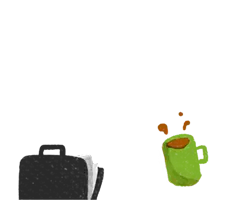Part 4Enforcement and other matters
Inspectors and health and safety medical practitioners: Inspectors
170Power to deal with cause of imminent danger
This section applies if an inspector who enters a workplace under section 168 or 169 reasonably believes that any material, substance, structure, or thing in a workplace is defective or hazardous to a degree that it is likely to imminently cause death or serious injury or illness or a notifiable incident (cause of imminent danger).
The inspector may seize, destroy, or take any other action to reduce or remove the cause of imminent danger.
The inspector must,—
- before exercising the power under subsection (2), if it is practicable to do so, take a sample of the cause of imminent danger:
- as soon as practicable after exercising the power under subsection (2), give the PCBU written notice of the action taken in relation to the cause of imminent danger.


